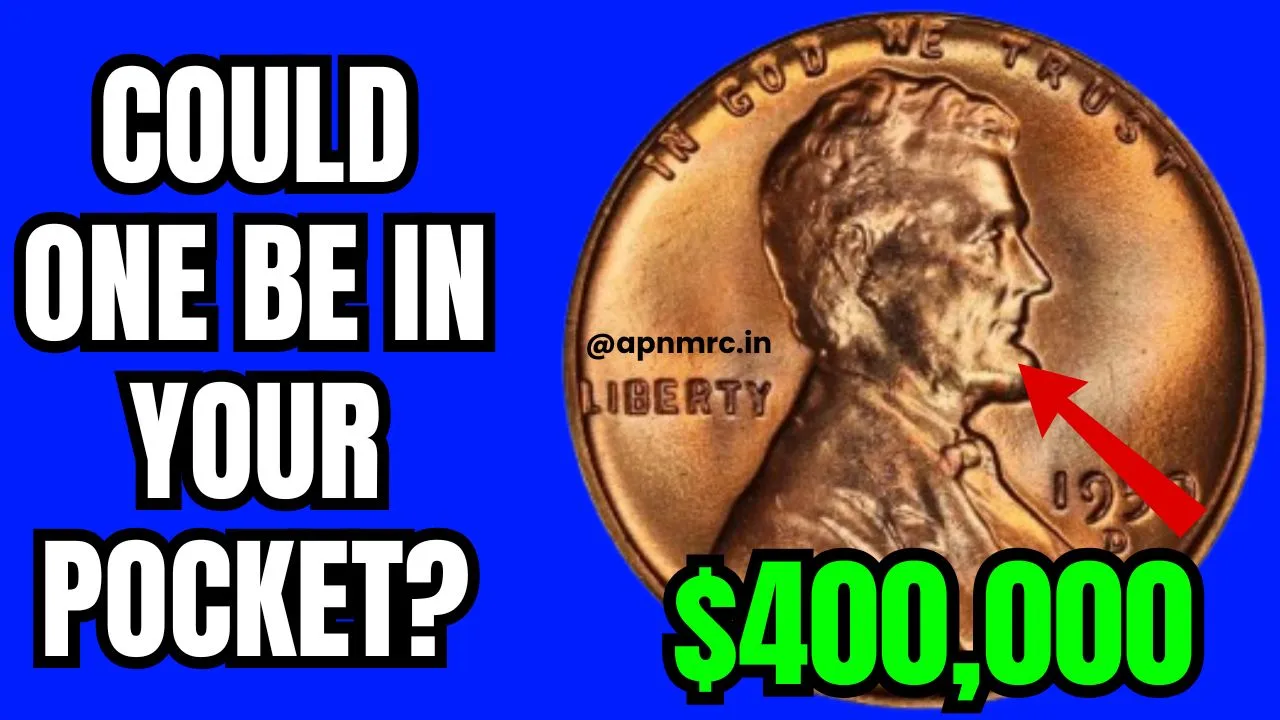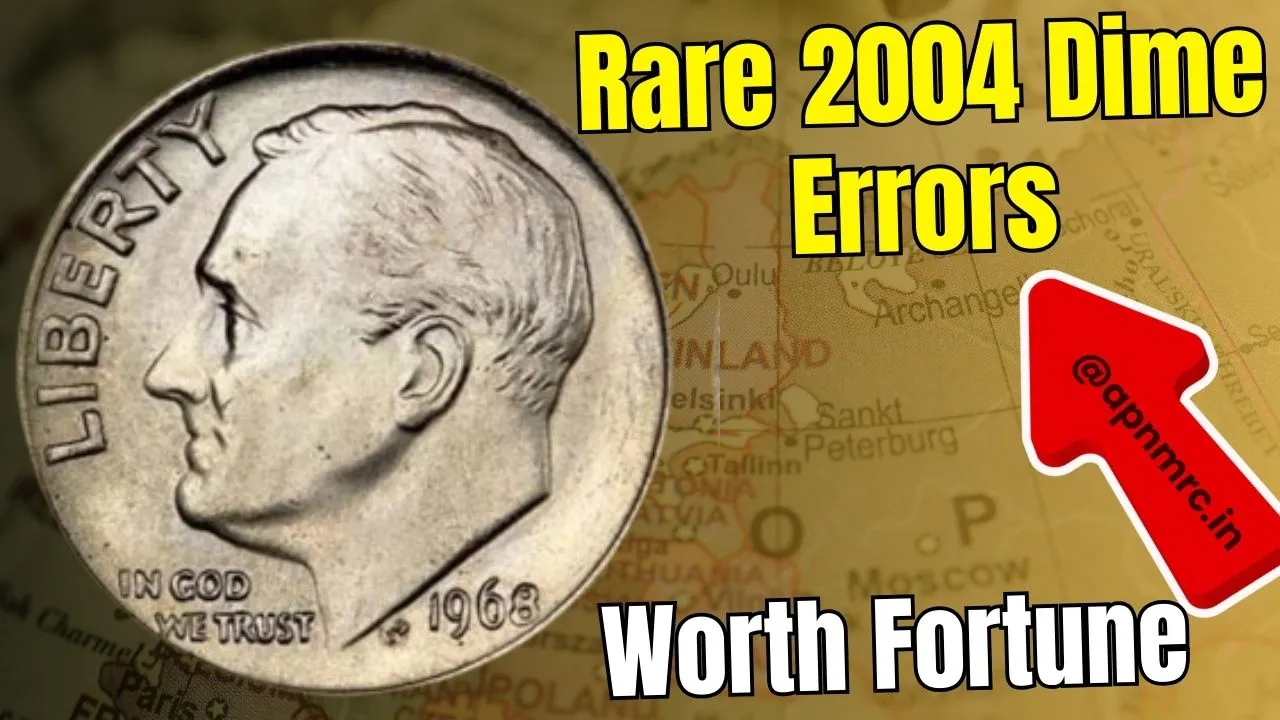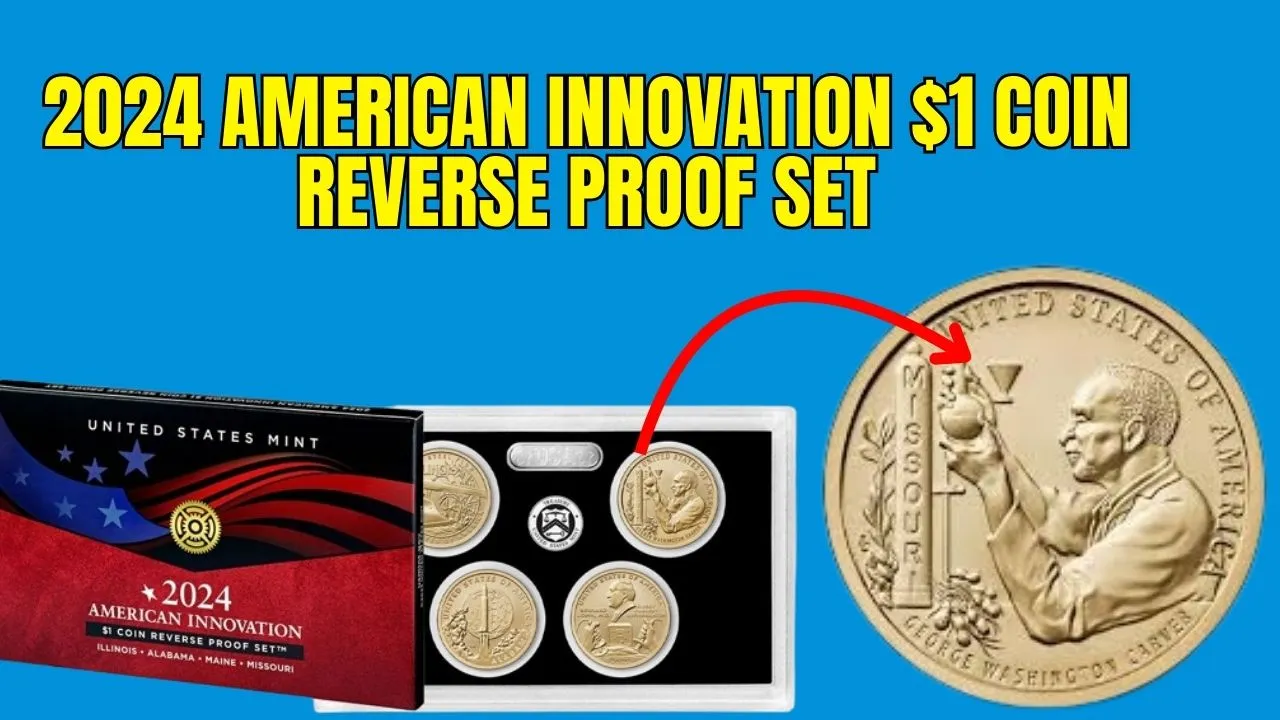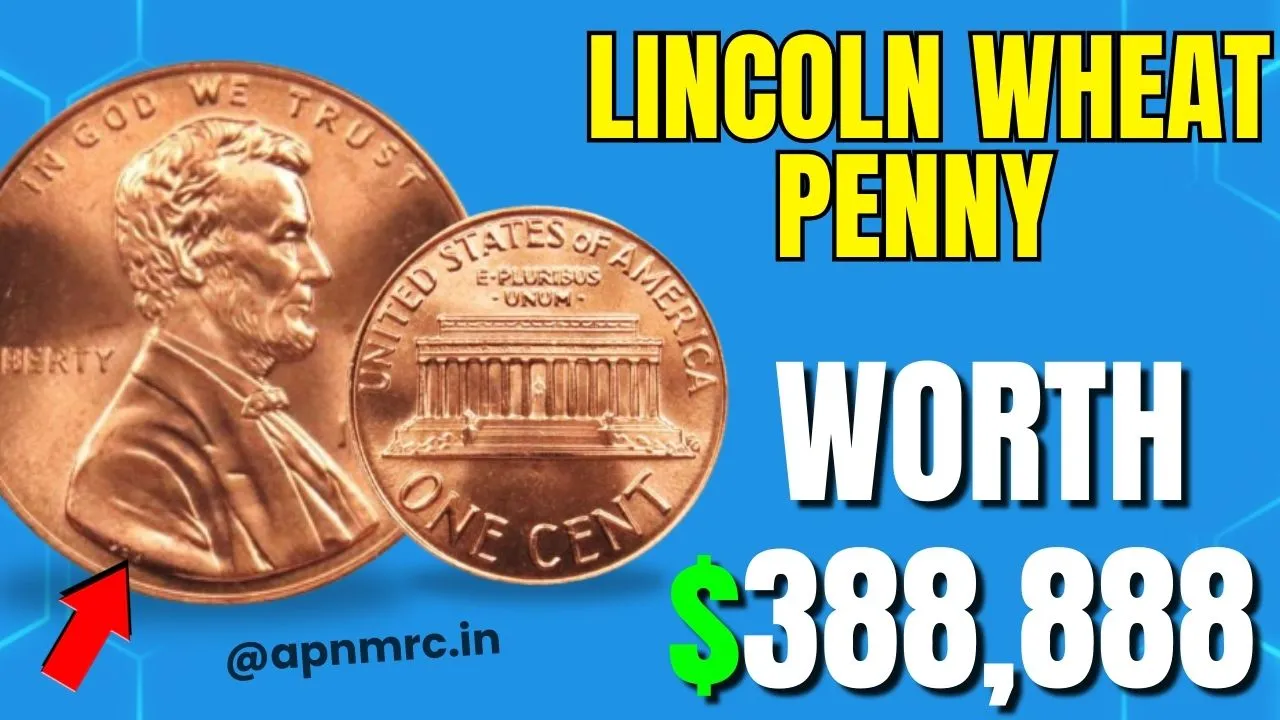How to Spot Rare U.S. Coins in Your Pocket Change: RARE COINS are tiny pieces of history hidden in plain sight. Imagine discovering that the spare change in your pocket holds more than just its face value—it contains a story worth hundreds or even thousands of dollars. While these treasures are rare, knowing what to look for can turn your everyday coins into a rewarding discovery.
In this guide, inspired by the expertise and passion of Ed Moy, the 38th Director of the United States Mint, we’ll explore how to identify rare coins that could be hiding in your change. Moy’s lifelong fascination with coins started as a child, and his story highlights how curiosity and observation can lead to extraordinary finds. Here’s everything you need to know to begin your own hunt for rare coins.
Overview Table: Key Tips for Spotting Rare Coins
| Category | What to Look For |
| Minting Errors | Double dies, missing details, off-center strikes. |
| Pre-1965 Coins | Older coins often contain high silver content and are more valuable. |
| Historical Significance | Coins tied to key events, like the 1943 steel penny, are sought after. |
| Mint Marks | Look for mint marks like “S” (San Francisco) or “D” (Denver), which affect rarity. |
| Coin Condition | Well-preserved, uncirculated coins are significantly more valuable. |
Why Are Rare Coins So Valuable?
Rare coins are prized because they combine scarcity, history, and sometimes errors that make them unique. Coins minted in small numbers or those with production mistakes often command high prices in the collector’s market. Additionally, coins that reflect a specific historical period, such as the 1943 steel penny, are fascinating not only for their monetary value but also for their place in history.
Take, for example, Buffalo nickels and Mercury dimes, two coins that Ed Moy collected in his youth. These coins were not only aesthetically beautiful but also captured the cultural and historical essence of their time. Understanding what makes a coin rare allows collectors to uncover treasures that others might overlook.
Tips for Finding Rare Coins in Your Pocket Change
1. Look for Minting Errors
Coins with minting errors are highly collectible because of their rarity and novelty. These errors can include:
- Double dies, where letters or numbers appear doubled.
- Off-center strikes, where the design is visibly misaligned.
- Missing elements, like a part of the design being absent.
Such flaws are the result of mishaps during production and are usually caught by quality control. However, the few that slip through can be worth a fortune.
2. Check for Older Coins
Coins minted before 1965 often contain 90% silver, making them inherently valuable. Examples include:
- Quarters and half dollars from pre-1965.
- Morgan Silver Dollars, minted between 1878 and 1921.
- Peace Silver Dollars, produced from 1921 to 1935.
These coins are not only valuable because of their silver content but also for their historical and artistic significance.
3. Hunt for Historically Significant Coins
Coins tied to major events or eras hold a special place in numismatics. For example:
- The 1943 steel penny, minted during World War II due to copper shortages.
- Coins commemorating major anniversaries or events, like the Bicentennial quarters.
These coins tell stories of their times and often command a premium among collectors.
4. Inspect Mint Marks
The mint mark, usually a small letter on the coin, indicates where it was produced. Certain mint marks are rarer than others, making those coins more desirable. For instance:
- Coins minted in San Francisco (S) often have smaller production numbers.
- Denver (D) and Philadelphia coins also vary in rarity depending on the year.
By comparing mint marks and production years, you can identify coins that stand out.
5. Prioritize Condition
The condition, or grade, of a coin significantly impacts its value. Terms like “mint state” or “uncirculated” refer to coins that show little to no wear. To evaluate condition:
- Look for coins with sharp, clear details.
- Avoid coins with heavy scratches, dents, or discoloration.
Well-preserved coins not only fetch higher prices but also represent the craftsmanship of their time.
Coins to Keep an Eye On
Notable Coins You Might Find:
- Buffalo Nickels: Known for their iconic design and historical charm.
- Mercury Dimes: Highly sought after for their elegance and silver content.
- Steel Pennies (1943): Unique due to wartime material changes.
- Silver Dollars: Both Morgan and Peace Dollars are collector favorites.
Features That Boost Value:
- Low Mintage Numbers: Coins produced in small quantities.
- Minting Errors: Double dies, off-center strikes, or missing details.
- Unique Designs: Coins featuring special designs or anniversary editions.
Ed Moy: A Lifelong Passion for Coins
For Ed Moy, the journey into coin collecting began with curiosity. As a young boy, he searched for unique coins in the cash register of his family’s restaurant. Discovering treasures like Indian Head pennies and other rare finds sparked a passion that would later lead him to head the U.S. Mint.
Moy’s story is a reminder that even the simplest acts—like inspecting your pocket change—can lead to a lifelong love of discovery. Through his work, Moy has helped to preserve the history and artistry of American coins, inspiring collectors worldwide.
Frequently Asked Questions About Rare Coins
What are the best tools for spotting rare coins?
A magnifying glass or coin loupe is essential for inspecting details. Coin reference guides are also helpful for identifying rarity.
Can rare coins still be found in circulation?
Yes, though it’s less common today. Coins with minting errors or older coins may still appear in pocket change.
How much can rare coins be worth?
Values vary widely, from a few dollars to thousands, depending on factors like rarity, condition, and historical significance.
Should I clean my coins before selling them?
No. Cleaning coins can damage their surfaces and reduce their value. Leave them as is for appraisal.
Where can I sell or appraise rare coins?
You can approach coin dealers, attend coin shows, or use online marketplaces. For high-value coins, professional grading services are recommended.
Final Thoughts
Discovering rare coins is like unearthing a piece of history that fits in your hand. With attention to details like minting errors, mint marks, and historical significance, you can find hidden treasures in the most unexpected places.
Take inspiration from Ed Moy, whose passion for coins turned into a lifelong journey. Whether you’re a beginner or a seasoned collector, every coin has a story waiting to be uncovered.
Start your coin hunt today, and don’t forget to share your exciting discoveries in the comments! Who knows? You might just find your next treasure hiding in plain sight.







